"What do cursive and rowing technique have in common"? Technical Errors Technical errors are one of the buckets that we have control over in terms of managing our performance and injury potential. Poor technique will effect our performance, and potentially lead to breakdown and injury if performed repetitively under load. To better understand how we can improve our technique we need to take a look at how we develop as a child. Developmental Sequence Every child prepares themselves for the world by naturally running through a developmental sequence. This is how we develop the stability and strength to prepare ourselves for each sequential step. Without going into great detail, it all starts with the eyes, and progresses to standing, walking, running, and eventually rowing. Three keys to note here are: 1) It all starts with the eyes 2) It's a sequential process 3) It's a long process (most kids take 8+ months to take their first steps). Cursive The way we learn cursive is also the same way we develop as a child. It all starts with the eyes, it's sequential, and it's a long slow process. Nobody learns how to sign their name by just scribbling their signature. Instead, the way we learn cursive mimics the way we develop. It starts with the eyes, we watch intently as our teacher demonstrates how to do it. It's sequential, we start with one letter at a time and repeat that letter until we're prepared for the next letter. It's a slow process, it takes time to learn and we never learn by rushing or drawing the letters quicker than we can handle. What do cursive and rowing technique have in common? The way we learn cursive is the same way we learn to row. Create a Visual Step one is to start with the eyes. We need to watch our coaches and quality rowing video to ingrain a good rowing stroke in our minds. We want the image to be so ingrained that it's stamped on our brain. By creating a quality visual we now have something to refer back to as we learn and continue to improve our strokes. There are over 80 research articles that all agree that the way we think, and the cues that we use, can impact our performance and our ability to learn. They all specifically agree that external cues (cues that focus on the environment or goal outcome) consistently outperform internal cues (cues that focus on the body). One of the reasons external cues are beneficial is because they help to create this strong visual in our minds. As you work to improve your technical abilities attempt to think less about your body and more about your environment/goal. Break it Down Step two is to break it down. There's a reason why every person who has ever learned how to row knows the pick drill. We learn by breaking things down and we repeat them until we're ready for the next step. Sometimes they are a part of the learning process, other times they remind us of the basics. Do not be afraid of spending time on the basics. Some of the best in every sport frequently return to perfecting the basics. If you're having trouble with a certain part of the stroke, chunk it down and work on it until you've made a change. Go Slow Step three is to go slow. Just like our developmental sequence, and just like cursive, the learning process for the rowing stroke is a long one. No one learns how to row overnight and no one ever learns how to row perfectly (it's a constant work in progress). The other key with speed is the speed at which we perform the movements. No one will learn how to row well by starting out at a rate 32. It's ok to go slow, and it's actually encouraged. Road Blocks Now of course, I have to mention the fact that we can do everything listed above, but if we don't have the physical ability to reach positions required by the rowing stroke, we won't be able to row well. So while you're working to improve your technique, also be aware that our movement and strength deficits may also need to be addressed. Get to Work Now that you have some ideas for improving your technique combined all three steps to create a strong learning environment. Stamp a quality stroke on your brain, break it down step by step, go slowly, and have patience. Rowing is supposed to be, and can be, a lifelong sport, let's keep it that way.
0 Comments
Leave a Reply. |
Author
Blake Gourley holds a Masters of Science in Sports Performance Training and has over 12+ years of experience working with rowers. Read more Categories
All
Archives
August 2023
|

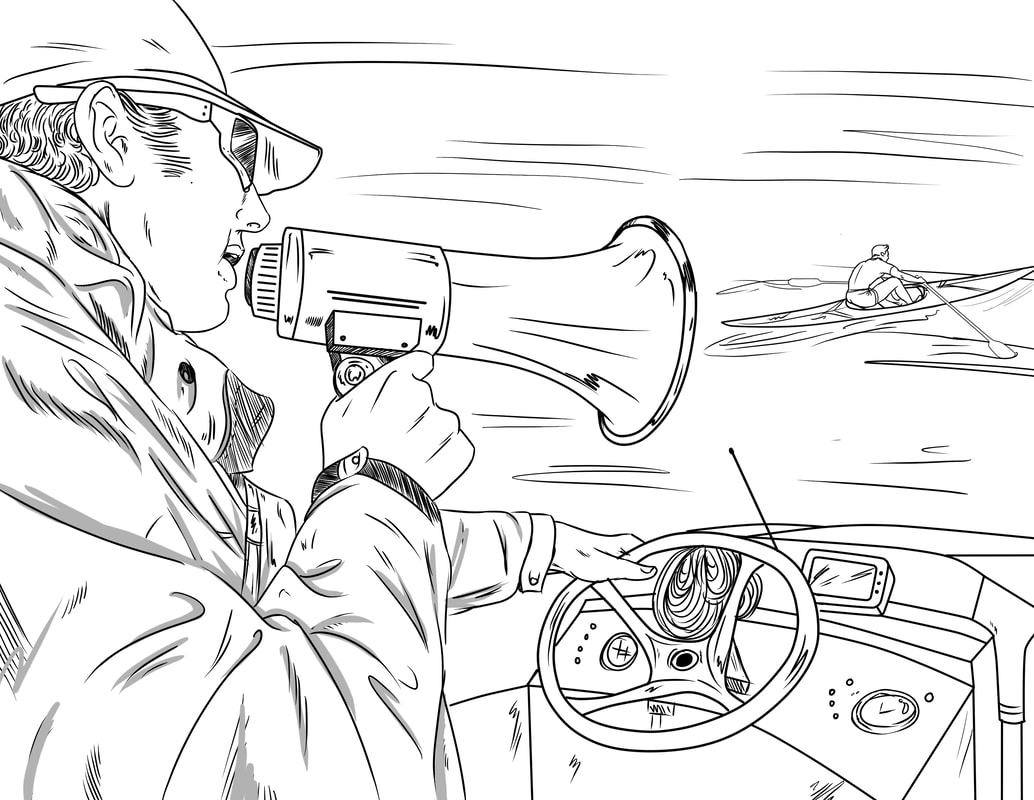

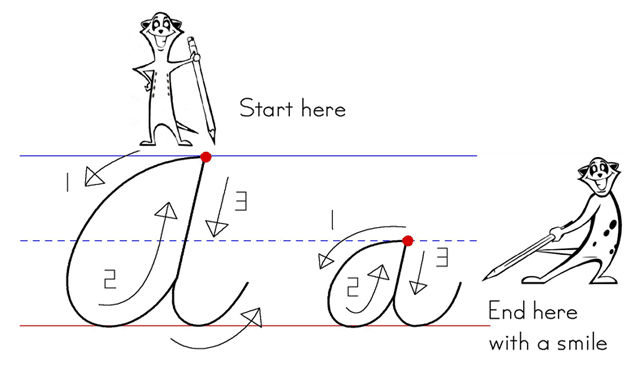
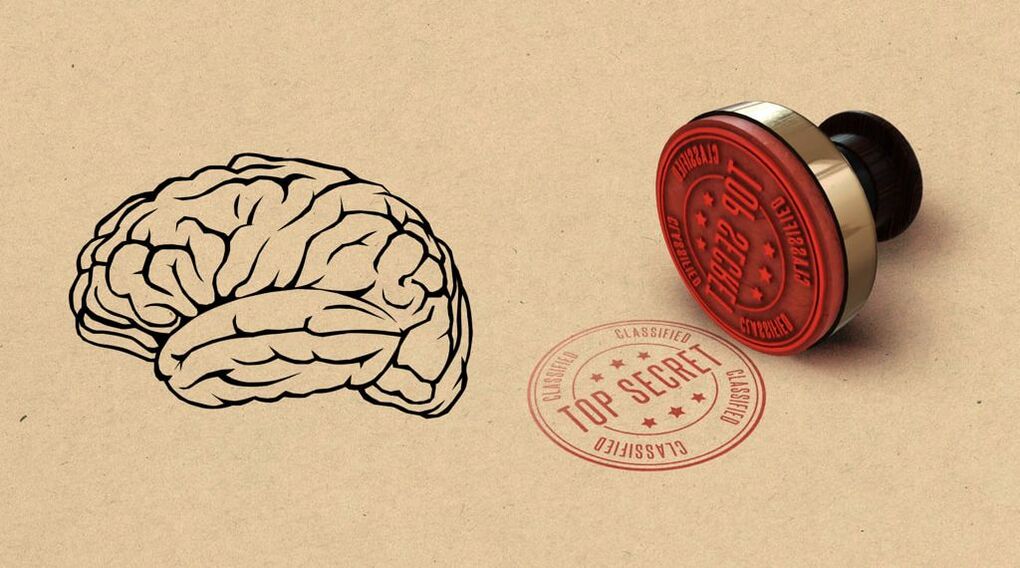
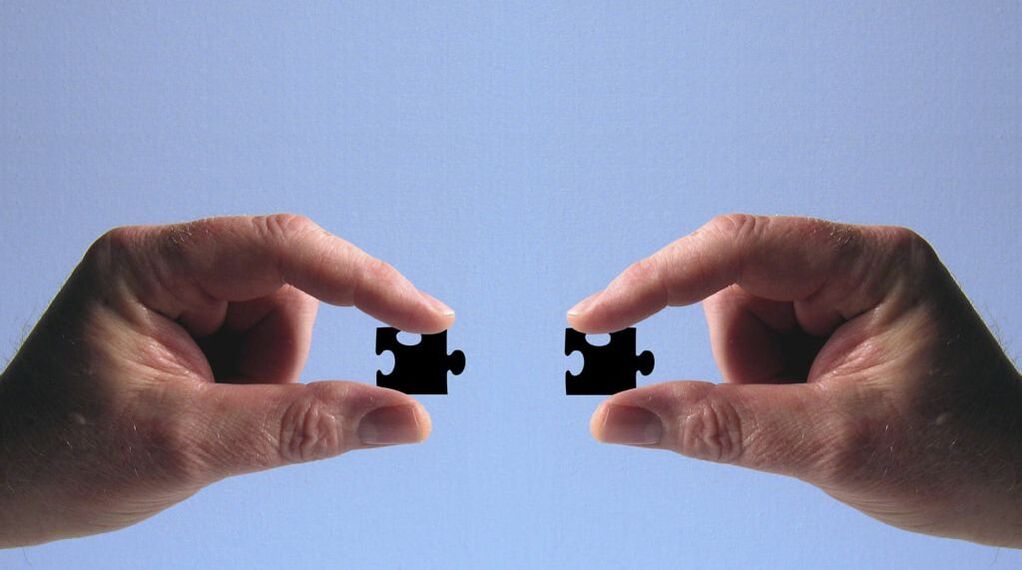
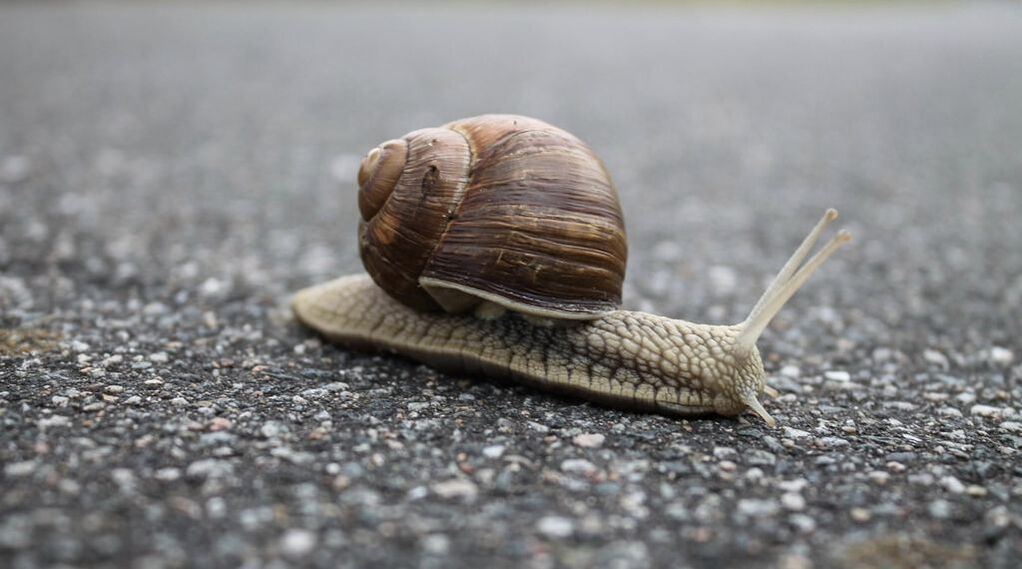

 RSS Feed
RSS Feed